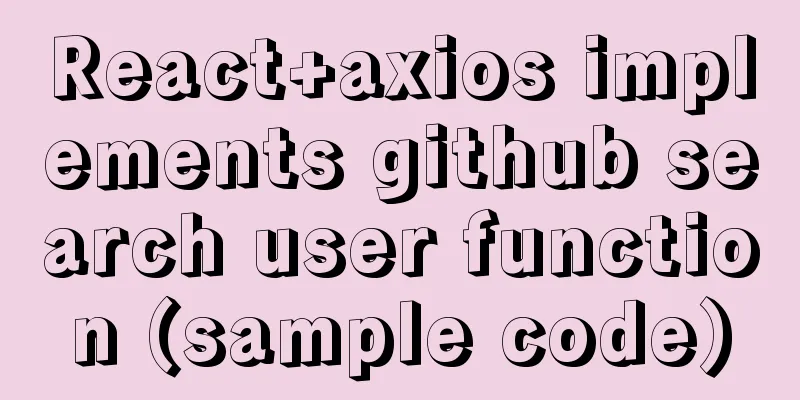Several ways to easily traverse object properties in JS

1. Self-enumerable properties This is reasonable, because most of the time you only need to care about the properties of the object itself. Let's look at an example where an object has both own and inherited properties,
let simpleColors = {
colorA: 'white',
colorB: 'black'
};
let natureColors = {
colorC: 'green',
colorD: 'yellow'
};
Object.setPrototypeOf(natureColors, simpleColors);
Object.keys(natureColors); // => ['colorC', 'colorD']
natureColors['colorA']; // => 'white'
natureColors['colorB']; // => 'black'
// ... Object.values(natureColors); // => ['green', 'yellow'] Object.entries(natureColors); // => [ ['colorC', 'green'], ['colorD', 'yellow'] ] Now note the difference with the
// ...
let enumerableKeys = [];
for (let key in natureColors) {
enumerableKeys.push(key);
}
enumerableKeys; // => ['colorC', 'colorD', 'colorA', 'colorB']
The In addition, for..in also traverses the properties inherited from 2. Object.values() returns property values For example, use Object.keys() to collect keys, and then use the key to get the corresponding value from the object:
let meals = {
mealA: 'Breakfast',
mealB: 'Lunch',
mealC: 'Dinner'
};
for (let key of Object.keys(meals)) {
let mealName = meals[key];
// ... do something with mealName
console.log(mealName);
}
// 'Breakfast' 'Lunch' 'Dinner'
meal is a plain object. Use The code looks simple, but
let meals = {
mealA: 'Breakfast',
mealB: 'Lunch',
mealC: 'Dinner'
};
for (let mealName of Object.values(meals)) {
console.log(mealName);
}
// 'Breakfast' 'Lunch' 'Dinner'
Because 3. Object.entries() It may not be very convenient to use these key-value pairs directly, but it becomes very easy to access keys and values through array destructuring assignment, as shown below:
let meals = {
mealA: 'Breakfast',
mealB: 'Lunch',
mealC: 'Dinner'
};
for (let [key, value] of Object.entries(meals)) {
console.log(key + ':' + value);
}
// 'mealA:Breakfast' 'mealB:Lunch' 'mealC:Dinner'
As shown above, A two-dimensional array of key-value pairs can be converted into a Map object using the regular Map constructor. Here is an example to slow down your pace:
let greetings = {
morning: 'Good morning',
midday: 'Good day',
evening: 'Good evening'
};
let greetingsMap = new Map(Object.entries(greetings));
greetingsMap.get('morning'); // => 'Good morning'
greetingsMap.get('midday'); // => 'Good day'
greetingsMap.get('evening'); // => 'Good evening'
Map objects store key-value pairs. Any value (object or primitive) can be used as a key or a value. Interestingly, Map provides methods that are equivalent to
Let's look at the methods that return a map of .values() and .entries(): // ... [...greetingsMap.values()]; // => ['Good morning', 'Good day', 'Good evening'] [...greetingsMap.entries()]; // => [ ['morning', 'Good morning'], ['midday', 'Good day'], // ['evening', 'Good evening'] ] Note: 4. Order of object propertiesJS objects are simple key-value mappings, therefore, the order of properties in an object is insignificant and should not be relied upon in most cases. In ES5 and earlier standards, the order of properties was not specified at all. However, starting with ES6, the order of properties is based on a specific set of rules, unless time is specifically specified. We will use two new methods
If you need an ordered collection, it is recommended to store the data in an array or Set. Summarize: Object.entries() is best used for array destructuring in a way that keys and values can be easily assigned to different variables. This function also makes it easy to map plain JS object properties into a Map object. , Note: The order in which There is no way to know in real time This concludes this article about several ways to easily traverse object properties in JS. For more information about several ways to easily traverse object properties in JS, please search for previous articles on 123WORDPRESS.COM or continue to browse the following related articles. I hope you will support 123WORDPRESS.COM in the future! You may also be interested in:
|
<<: Implementation of docker-compose deployment of zk+kafka+storm cluster
>>: MySql sets the specified user database view query permissions
Recommend
The contents of the table in HTML are displayed horizontally and vertically in the center
Specify in CSS style file #class td /*Set the tab...
Tips for creating two-dimensional arrays in JavaScript
Creation of a two-dimensional array in Js: First ...
Detailed explanation of Vue px to rem configuration
Table of contents Method 1 1. Configuration and i...
HTML+Sass implements HambergurMenu (hamburger menu)
A few days ago, I watched a video of a foreign gu...
Example of writing mobile H5 to invoke APP (IOS, Android)
iOS 1. URL scheme This solution is basically for ...
Common methods of Vue componentization: component value transfer and communication
Related knowledge points Passing values from pa...
Two methods to implement MySQL group counting and range aggregation
The first one: normal operation SELECT SUM(ddd) A...
How to block and prohibit web crawlers in Nginx server
Every website usually encounters many non-search ...
VMware Workstation 14 Pro installs CentOS 7.0
The specific method of installing CentOS 7.0 on V...
Solve the problem of installing Theano on Ubuntu 19
Solution: Directly in the directory where you dow...
Analysis of MySQL multi-table joint query operation examples
This article describes the MySQL multi-table join...
WeChat applet scroll-view realizes left-right linkage effect
WeChat applet uses scroll-view to achieve left-ri...
Use of Linux ln command
1. Command Introduction The ln command is used to...
Vue uses element-ui to implement menu navigation
This article shares the specific code of Vue usin...
Steps to use autoconf to generate Makefile and compile the project
Preface Under Linux, compilation and linking requ...









